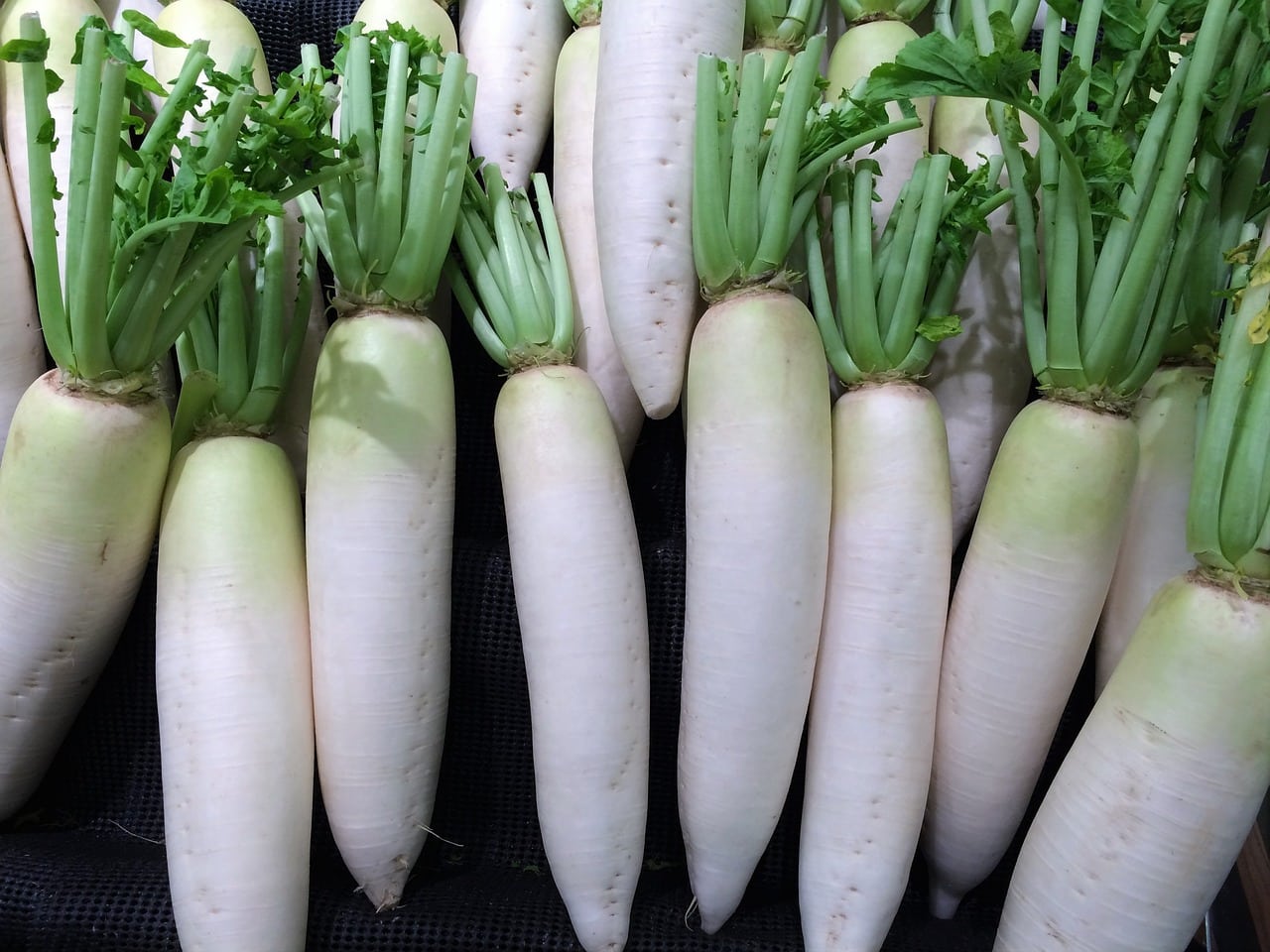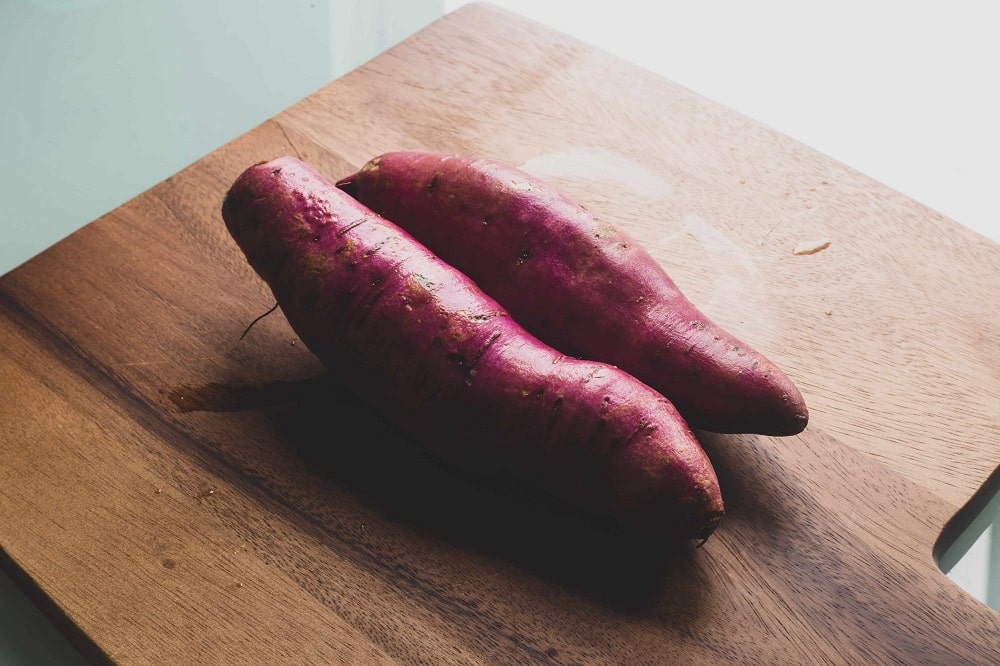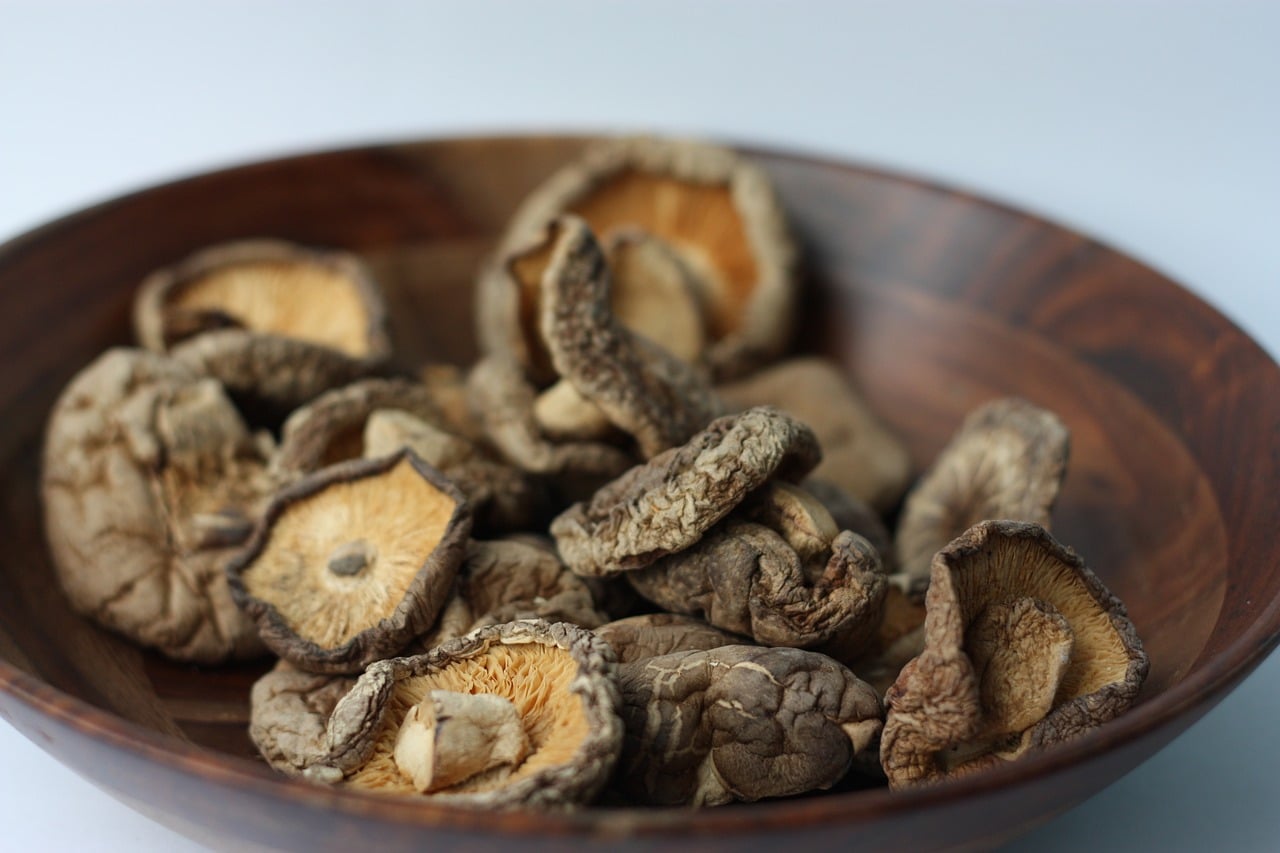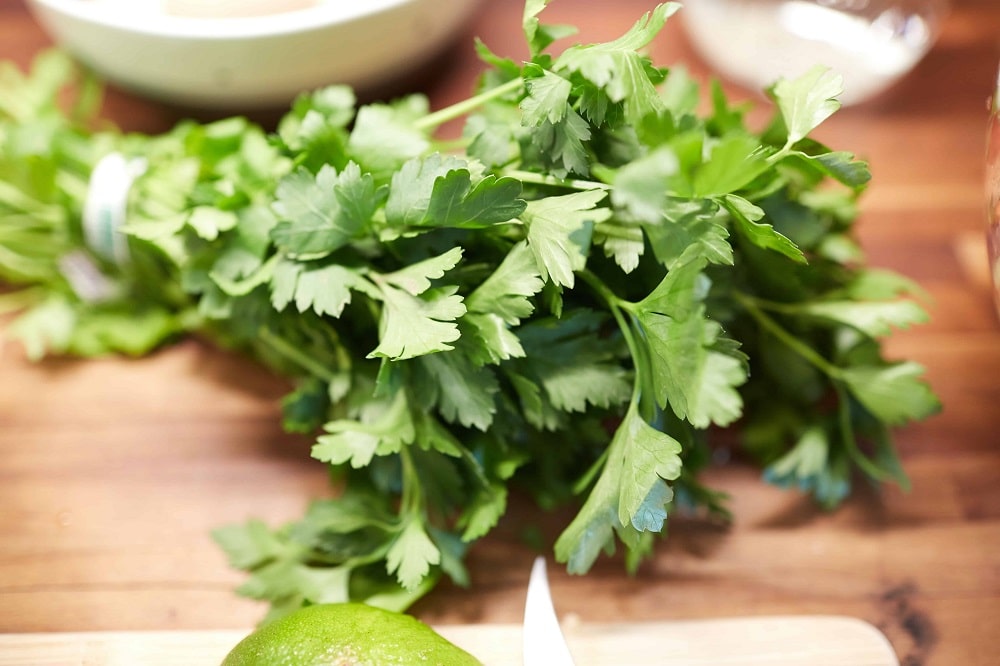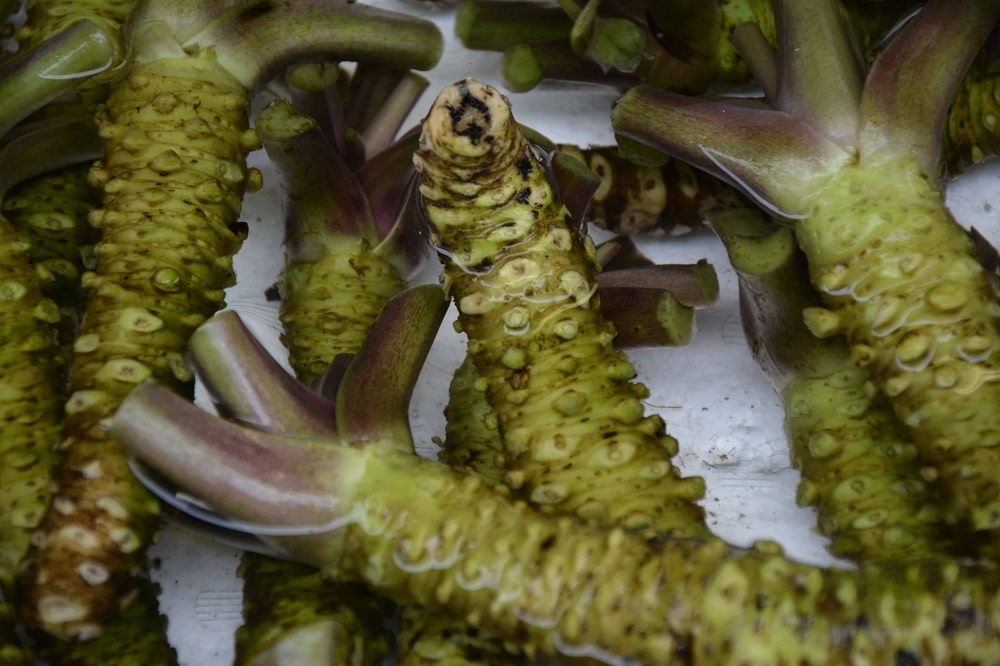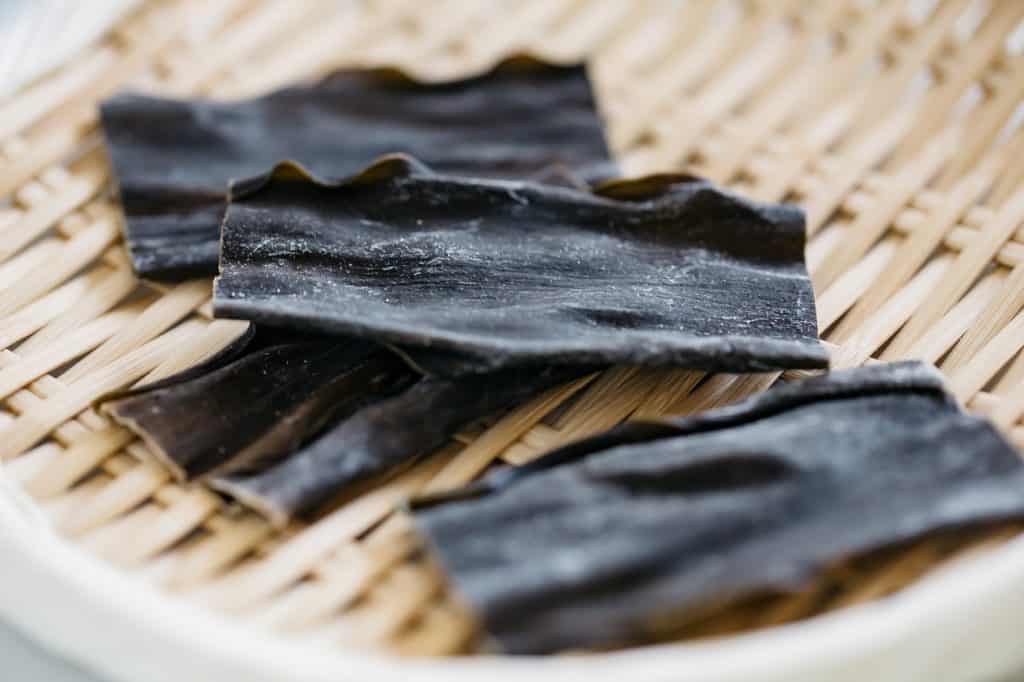Contents
- Common Vegetables Names in Japan
- 1. アーティチョーク — Artichoke
- 2. もやし — (Mung) Bean Sprouts
- 3. ピーマン — Bell Pepper
- 4. ブロッコリ — Broccoli
- 5. キャベツ — (Western) Cabbage
- 6. にんじん — Carrot
- 7. はなやさい — Cauliflower
- 8. とうがらし — Chili Pepper
- 9. とうもろこし — Corn
- 10. きゅうり — Cucumber
- 11. なす — Eggplant
- 12. にんにく — Garlic
- 13. しょうが — Ginger
- 14. レタス — Lettuce
- 15. きのこ — Mushroom
- 16. オニオン — Onion
- 17. じゃがいも — Potato
- 18. かぼちゃ — Pumpkin
- 19. だいこん — Radish
- 20. ほうれんそう — Spinach
- 21. トマト — Tomato
- Unique Vegetables in Japan
- And One More Thing...
30 Common (and Uncommon) Vegetables in Japanese

Whether you’re cooking, shopping, or dining out in Japan, being familiar with vegetables in Japanese ensures smoother communication and a better understanding of local cuisine. Plus, it helps in making healthier food choices by recognizing different vegetables and their benefits.
Here we’ll run through 30 vegetables in Japanese, plus the unique ways they’re eaten by Japanese folks all the time.
Download: This blog post is available as a convenient and portable PDF that you can take anywhere. Click here to get a copy. (Download)
Common Vegetables Names in Japan
These are the basic vegetable terms for those tasty greens you’ll shop for weekly.
You’ll notice that you can write them in one or more ways: in Hiragana, Katakana and or Kanji.
Generally, the vegetables written in Katakana by default are non-native to Japan, and they’re given transliterations of their foreign names.
We all know how hard it is to learn and memorize Kanji, so no worries about nailing the Kanji characters right away. You can expect most Japanese supermarkets and recipes to write out the vegetables in Hiragana or Katakana.
1. アーティチョーク — Artichoke
2. もやし — (Mung) Bean Sprouts
Katakana: モヤシ
Kanji: 萌やし
3. ピーマン — Bell Pepper
4. ブロッコリ — Broccoli
5. キャベツ — (Western) Cabbage
6. にんじん — Carrot
Katakana: ニンジン
Kanji: 人参
7. はなやさい — Cauliflower
Kanji: 花野菜
You may also say カリフラワー
8. とうがらし — Chili Pepper
Katakana: トウガラシ
Kanji: 唐辛子
9. とうもろこし — Corn
Katakana: トウモロコシ
Kanji: 玉蜀黍
10. きゅうり — Cucumber
Katakana: キュウリ
Kanji: 胡瓜
11. なす — Eggplant
Katakana: ナス
Kanji: 茄子
12. にんにく — Garlic
Katakana: ニンニク
Kanji: 大蒜
13. しょうが — Ginger
Katakana: ショウガ
Kanji: 生姜
14. レタス — Lettuce
15. きのこ — Mushroom
Katakana: キノコ
Kanji: 茸
16. オニオン — Onion
You can also say 玉ねぎ
17. じゃがいも — Potato
Katakana: ジャガイモ
Kanji: じゃが芋
You can also say ポテト
18. かぼちゃ — Pumpkin
Katakana: カボチャ
Kanji: 南瓜
19. だいこん — Radish
Katakana: ダイコン
Kanji: 大根
20. ほうれんそう — Spinach
Katakana: ホウレンソウ
Kanji: 菠薐草
21. トマト — Tomato
Unique Vegetables in Japan
Certain vegetables are especially used in authentic Japanese cuisine, and you’ll probably have a hard time finding them in a non-Japanese outlet.
Here are some of the special gems you should absolutely try out to give your meals a lovely Japanese twist!
22. はくさい — Napa Cabbage
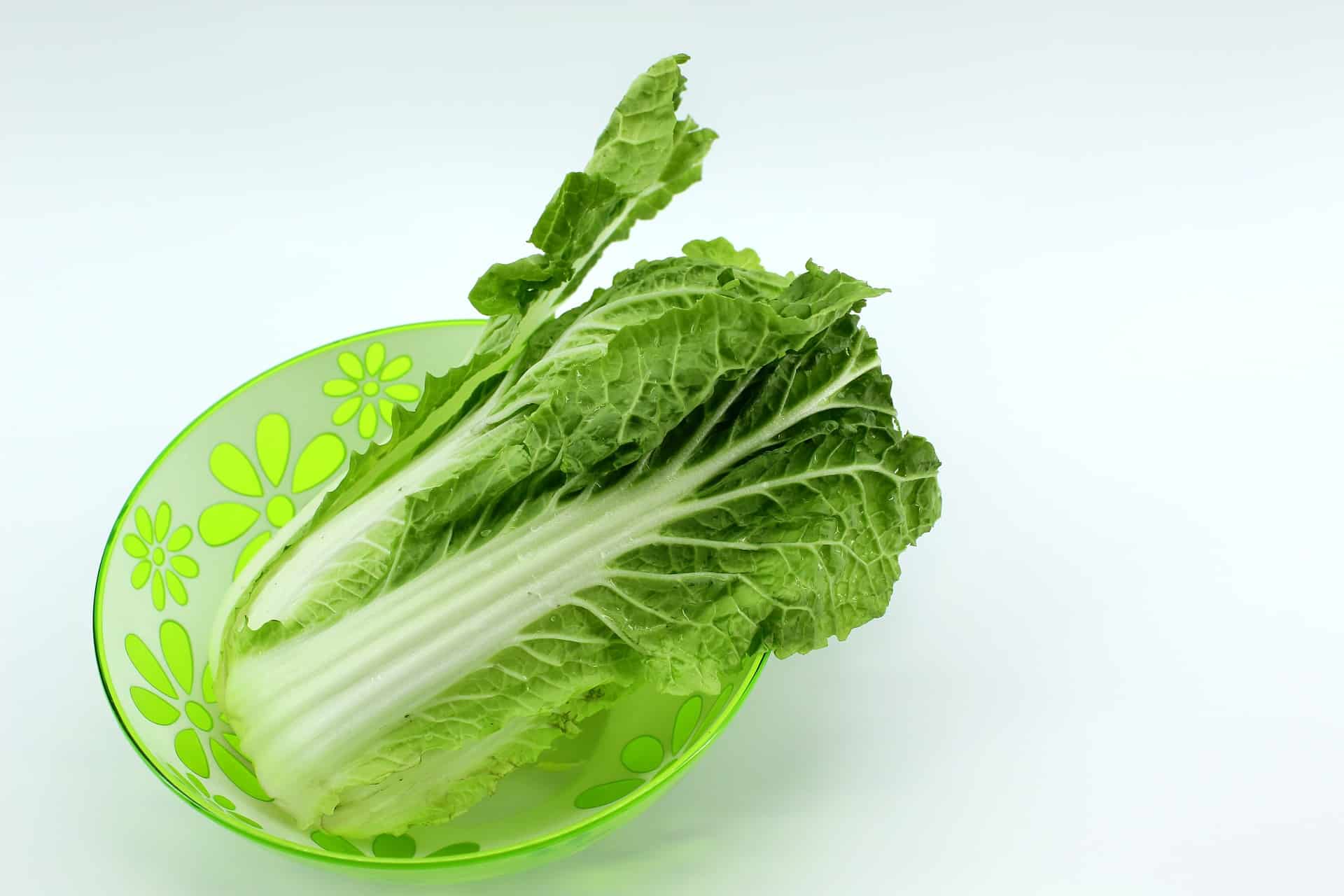
Katakana: ハクサイ
Kanji: 白菜
Originating from Chinathe, はくさい has large long leaves.
The “napa” part in Japanese is written 菜っ葉 (なっぱ) and is thought to mean “leaves of vegetable.”
In Japan, this cabbage is eaten in various ways: raw, stewed, pickled, fried or boiled.
As for me, I use Napa cabbage almost exclusively to make Korean kimchi (キムチ in Japanese). My favorite parts are the crunchy green leaf tops—they have the best texture and taste!
23. だいこん — Japanese Radish
Katakana: ダイコン
Kanji: 大根
だいこん is the general term for radish, but the radish that Japanese folks normally consume is a hefty specimen.
It’s much larger than a typical radish, with a sweetish and somewhat spicy taste.
While it can be sliced and eaten raw, daikon radish tastes amazing in soup-based dishes. I love to chop it up, toss it in oden fish cake stew, or grate and mix it with soba broth.
24. さつまいも — Sweet Potato
Katakana: サツマイモ
Kanji: 薩摩芋
As a sweet potato fanatic, I have no qualms in saying that the Asian sweet potato variants are leaps and bounds better than Western ones.
This sweet potato is one of my favorites. It has purplish skin and bright yellow flesh with a delicious, slightly nutty taste.
They taste fantastic when roasted over a fire and make a perfect filling snack, especially in colder weather.
You can even check out this entertaining Japanese video on FluentU where native speakers discuss how delicious さつまいも is.
FluentU takes authentic videos—like music videos, movie trailers, news and inspiring talks—and turns them into personalized language learning lessons.
You can try FluentU for free for 2 weeks. Check out the website or download the iOS app or Android app.
P.S. Click here to take advantage of our current sale! (Expires at the end of this month.)

25. えのきたけ — Enoki Mushroom
Katakana: エノキタケ
Kanji: 榎茸
Enoki mushrooms may seem flimsy and scrawny, but you shouldn’t underestimate their culinary power.
These mushrooms work amazingly in both vegetarian and meat-based dishes.
I especially love to sprinkle them into hotpots or fried noodle dishes. They soak up flavors well and become deliciously tender and crunchy when cooked.
26. しいたけ — Shiitake Mushroom
Katakana: シイタケ
Kanji: 椎茸
Another prized mushroom of Japan, the shiitake has a bold umami taste that blooms into life when cooked.
It’s considered a healthy superfood that can supposedly boost your immunity.
My preferred use for shiitake is when it’s dried and tossed into soy-based broths, absorbing the liquid and becoming wonderfully chewy.
27. みつば — Japanese Parsley
Katakana: ミツバ
Kanji: 三つ葉
みつば translates to “three leaves,” which is exactly what this parsley consists of.
It physically resembles its Italian counterpart but has a slightly more varied flavor that brings other herbs (and even celery) to mind.
I like to use Japanese parsley for its most popular function: as a garnish atop all kinds of foods to give them a nice pop in taste.
28. わさび — Wasabi
Katakana: ワサビ
Kanji: 山葵
Wasabi is Japanese horseradish and is best known for being made into the absurdly spicy green paste that’s always supplied with a sushi plate.
I even add minimal paste doses to sauces and soups to give them a sharp, spicy kick.
However, the paste is only made from the stem of the wasabi plant. You can also eat the plant’s leaves (cooked, seasoned or raw), which are also quite fiery!
29. えだまめ — Edamame Beans
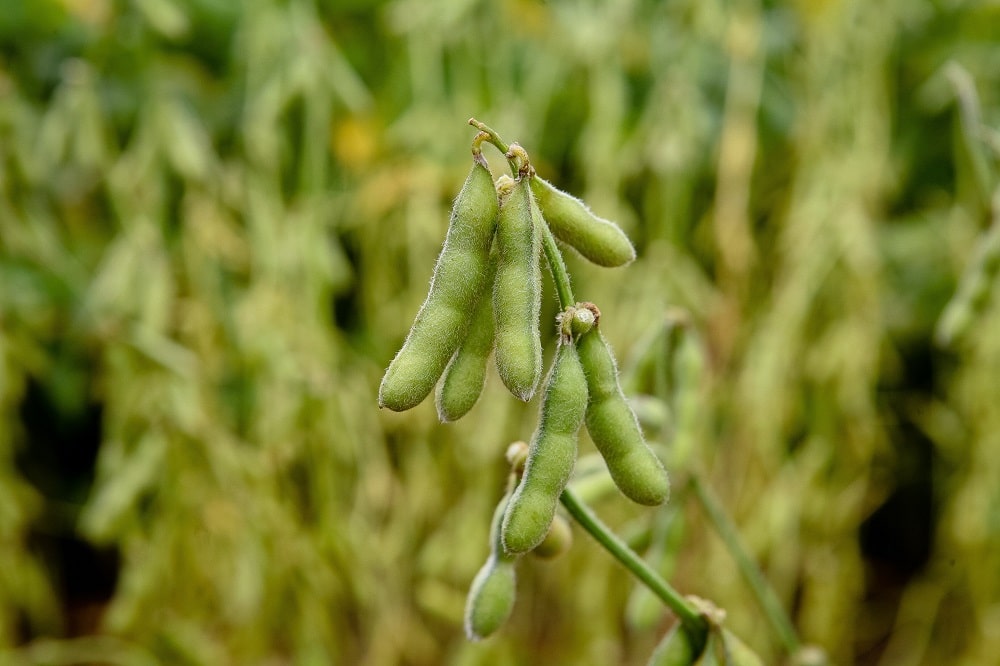
Katakana: エダマメ
Kanji: 枝豆
Meaning “beans on a branch,” edamame beans are juvenile green soybeans commonly eaten as a side dish in Japan.
They have a wonderful crunch and a refreshing taste, so they pair well with stronger-tasting food items.
My favorite way to eat the edamame is how it’s typically prepared: boil the pods whole with a slight pinch of salt and then pop out the beans with your teeth.
30. こんぶ — Kombu
Katakana: コンブ
Kanji: 昆布
This edible kelp is typically used to make dashi stock. But it can also be boiled in water to create a tasty vegetarian broth (a great alternative if you’re tired of meat-based bouillon) or utilized as a flavoring condiment.
Kombu is an absolute staple in my household—I use it almost five times a week to make soups for noodles.
If you’d like to use kombu for a similar purpose, make sure you don’t boil it too long (my limit is usually 10 minutes).
Congratulations—you’re no longer a greenhorn about Japanese greens!
Next time you’re hankering for a fresh, nutritious salad, consider it an excellent opportunity to practice what you’ve learned here.
And One More Thing...
If you love learning Japanese with authentic materials, then I should also tell you more about FluentU.
FluentU naturally and gradually eases you into learning Japanese language and culture. You'll learn real Japanese as it's spoken in real life.
FluentU has a broad range of contemporary videos as you'll see below:

FluentU makes these native Japanese videos approachable through interactive transcripts. Tap on any word to look it up instantly.

All definitions have multiple examples, and they're written for Japanese learners like you. Tap to add words you'd like to review to a vocab list.

And FluentU has a learn mode which turns every video into a language learning lesson. You can always swipe left or right to see more examples.
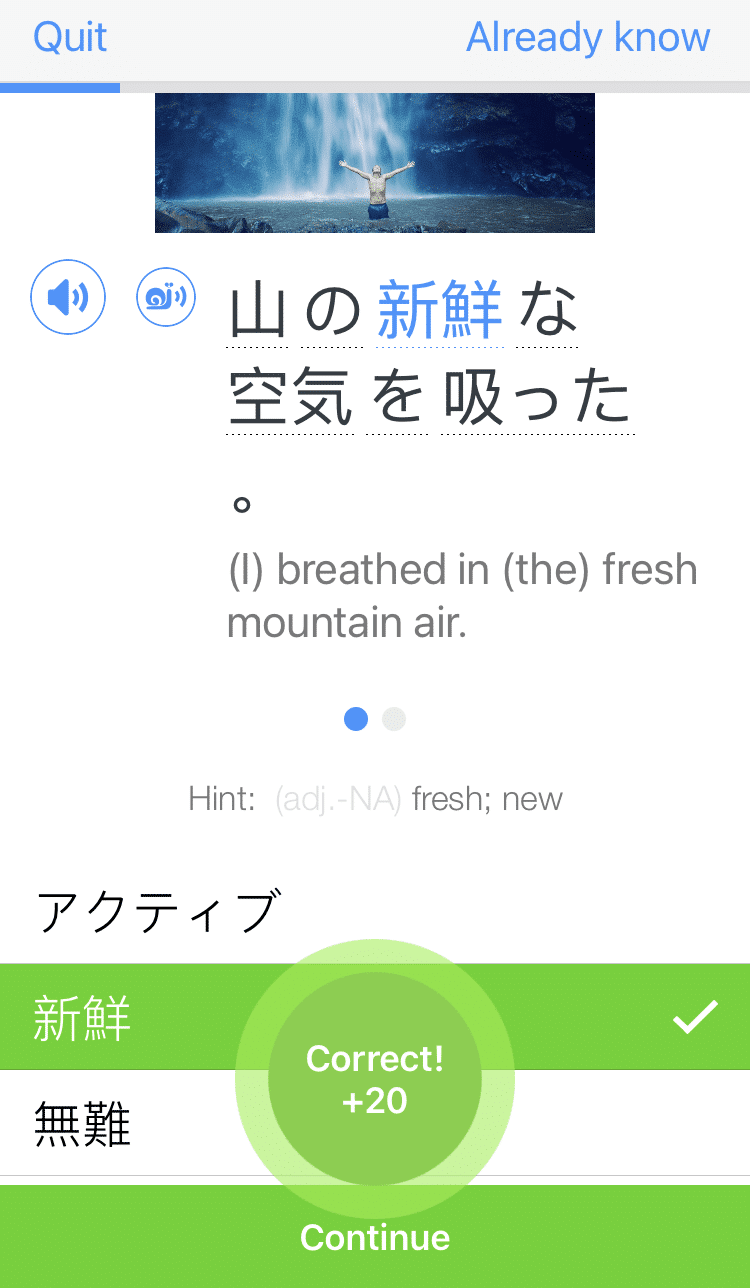
The best part? FluentU keeps track of your vocabulary, and gives you extra practice with difficult words. It'll even remind you when it’s time to review what you’ve learned. You'll have a 100% personalized experience.
Start using the FluentU website on your computer or tablet or, better yet, download the FluentU app from the iTunes or Google Play store. Click here to take advantage of our current sale! (Expires at the end of this month.)
